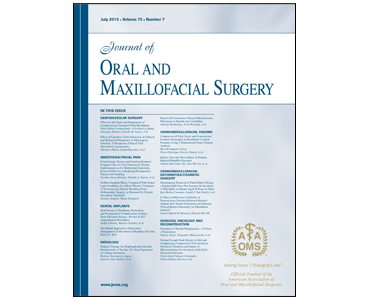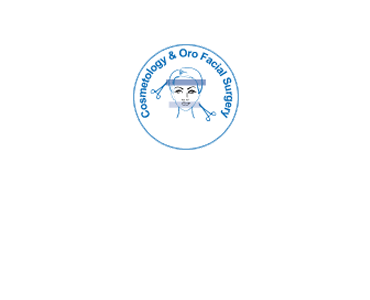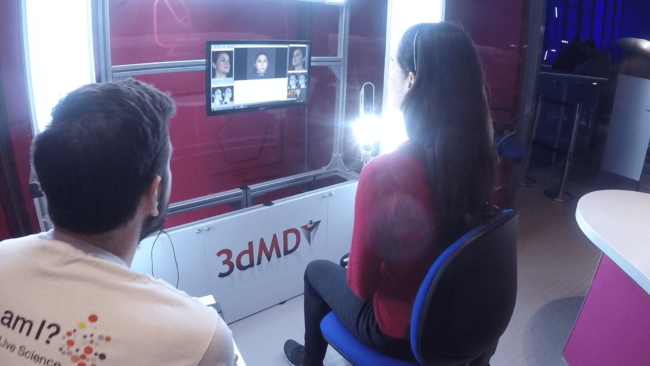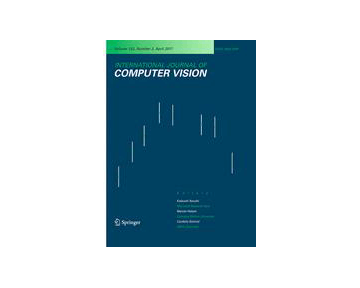The Effects of Objective 3D Measures of Facial Shape and Symmetry on Perceptions of Facial Attractiveness. CD Hatch, GL Wehby, NL Nidey, LM Moreno Uribe.
Date: May 2017 Source: Journal of Oral and Maxillofacial Surgery. Purpose: Meeting patient desires for enhanced facial esthetics requires that providers have standardized and objective methods to measure esthetics. We evaluated the effects of objective 3-dimensional (3D) facial shape and asymmetry measurements derived from 3D facial images on perceptions of facial attractiveness. Patient and Methods:…








